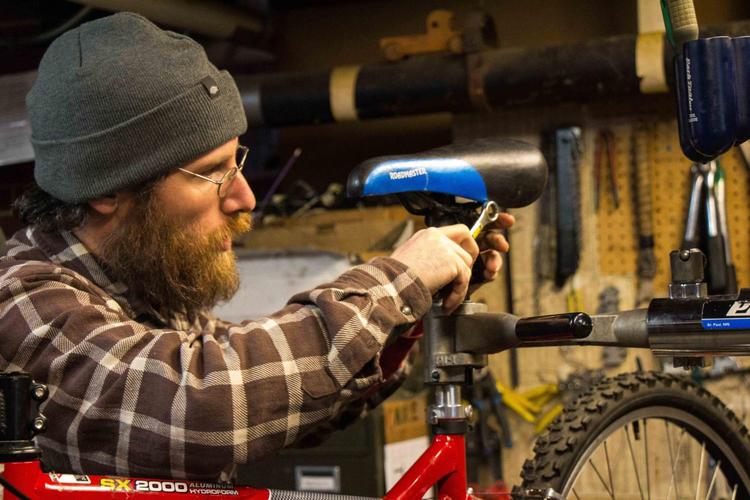Aerospace Bearings 101: 2024 Expert Guide to Performance
How Bearings Power Modern Aerospace Systems
The global aerospace bearing market will reach $12.7B by 2029 (Grand View Research). In jet engines, bearings operate at 15,000 RPM while withstanding 300°C temperatures. Failure rates must stay below 0.0001% - making proper selection critical.
Procurement Guide: Aerospace Bearing Selection
| Type | Speed Limit | Temp Range | Cost |
|---|---|---|---|
| Hybrid Ceramic | 25k RPM | -150°C to 450°C | $$$$ |
| Stainless Steel | 18k RPM | -60°C to 300°C | $$$ |
7 Must-Check Features
- ABEC-7 or higher precision rating
- MIL-PRF-81322 lubrication certification
- Corrosion-resistant cages
Technical Deep Dive

Premium bearings use silicon nitride rollers (HV 1500) with steel races. The 40° contact angle optimizes axial/radial load distribution. For turbine shafts, follow SAE AS81820 dimensional standards.
Industry Trends
Asia-Pacific demand grew 14.3% YoY (Statista 2023). New EPA rules require PFAS-free lubricants by 2025. Boeing 787s use 86% more ceramic hybrids than previous models.
FAQ
Q: Can aircraft bearings handle sub-zero temperatures?
A: Yes, specially lubricated models operate at -73°C (FAA TSO-C148 certified).




 13869596835
13869596835